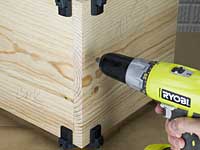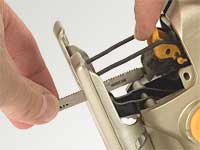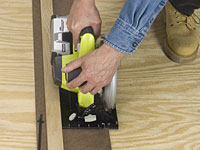
 |
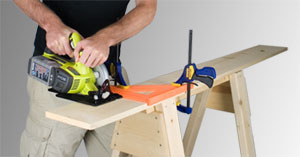 |
||||
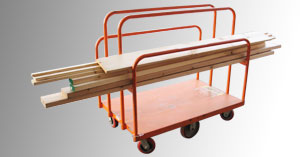 |
Chapter 2: Start Building with 3 BoardsShopping for lumber can be intimidating. That’s because most home centers, ironically, cater to professional contractors, not project builders like us. In this section on buying lumber, I’ll uncover which boards are best suited for small projects, how to sort the good from the bad, and the best way to get boards off the shelf and home safely. |
|||
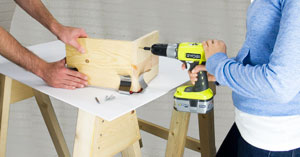 |
Chapter 3: Start Building in 3 Easy StepsThe tricky part about building a wood project is getting all the different steps of construction done in the right order. In this section, I’ve narrowed the process down to three, bite-sized chunks of construction know-how— which works for just about any type of project you’ll ever build. |
|||
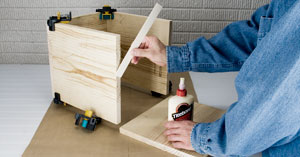 |
Chapter 4: How to Build a BoxSoon you’ll discover that the inner structure of nearly all wood projects is based on just three basic forms—a solid wood box, a carcass, and a frame. In this section, I'll show you step-by-step how to build all three, with my favorite shop tips & tricks along the way. |
|||
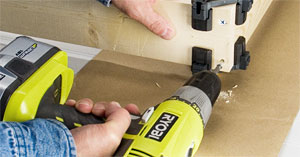 |
Chapter 5: Drilling & Driving FastenersStop fighting woodscrews! In this section I'll explore the most common problems people have driving screws—and my favorite solutions. Keep in mind that most problems related to driving screws have nothing to do with the screw or the driver, but everything to do with the pilot hole. I'll show you how to make pilot holes fastener-friendly—to avoid stripped heads, stalled screws, and loose threads. |
|||
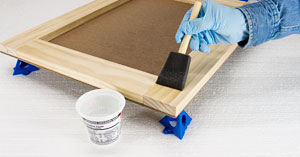 |
Chapter 6: How to Finish PinePine is great for building simple wood projects. It’s super cheap, easy to find, and easy to cut. However, getting a nice finish on pine is a different story. Pine is notorious for leaving streaks and blotches when stained, and stubbornly letting knots and defects show through several coats of paint. These problems shouldn’t stop you from getting a nice finish, though. With the right preparation, pine can take on a beautiful, high-quality finish that will last for generations. |
|||
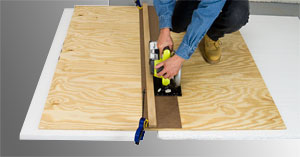 |
Bonus: Build a Circular Saw Cutting GuideMost builders agree that the best way to cut plywood is with a circular saw. That's because plywood panels are difficult to move around on stationery tools (like a table saw), and are just simply easier to cut with a portable tool (like a circular saw). You can buy a commercial cutting guide for several hundred dollars—or build your own for less than 20 bucks. In this series, I’ll show you step-by-step how to make your own cutting guide—using tools and materials you already have in your shop. |
|||
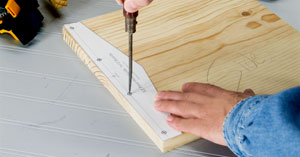 |
Bonus: EZ Pilot Hole GuidesMost of us know that drilling a pilot hole first is the best way to make sure fasteners go where we want them to go. But the location of that hole can be just as important as the hole itself. If it's not in the right place, you can easily ruin a project by splitting the fragile edges of the boards you're trying to join. |
|||
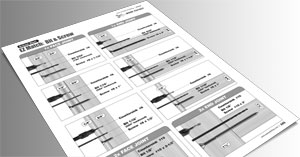 |
Bonus: EZ-Match Shop ChartsNo more guessing about which size drill bit and fastener to use! My EZ-Match shop charts show you how to match bits and fasteners (shown actual size) to several sizes of boards. Includes charts for nails, woodscrews, and pocket holes. |
|||
|
|
—Richard (project builder)
—Patrick (BunkBedsUnlimited.com)
—Marian (new woodworker) |
|
|


